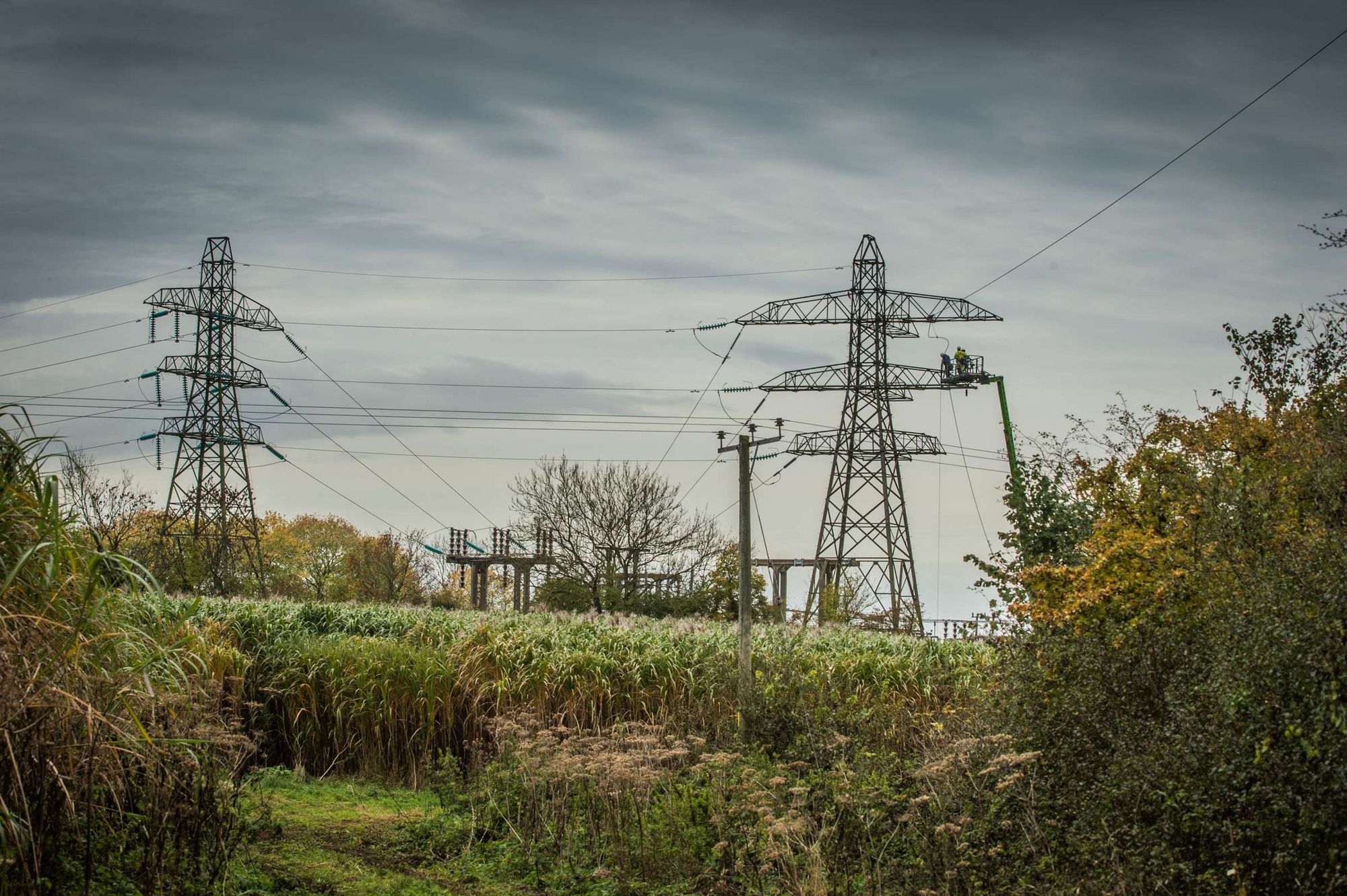Western Power Distribution sites to get biodiversity boost

Ambitious commitments to deliver greater environmental sustainability and biodiversity for Western Power Distribution (WPD) customers have been unveiled.
As part of its £6.7 billion business plan for 2023-28, the company is leading a drive towards a net zero carbon future as fast as possible.
Targets include improving network reliability, enabling more customers to connect electric vehicles and heat pumps, and cutting the company’s own carbon emissions to zero – all while keeping WPD’s portion of the energy bill broadly flat.
One specific commitment WPD has made to its regulator Ofgem is to improve biodiversity to redress a historic decline in native species. It wants to achieve a 10% net gain in plant, insect and animal life at major new project sites and for selected primary and grid substation sites.
Improving biodiversity will enable WPD to have a positive impact on its surroundings and will benefit customers by enhancing community wellbeing and overall air quality.
Andy Martyr-Icke, from WPD’s Environment Team, said: “As a company we understand we have a major part to play in environmental sustainability in our region.
“Our future plans are not just about minimising the environmental impact of our operations but also having a positive effect and achieving a net gain in biodiversity at our major sites.
“Electricity substations, for example, have historically been deserts for nature because of the justifiable need to protect equipment and assets. But we are looking to be more creative, such as using wild grasses and shrubs that are attractive to pollinators, rather than gravel or concrete.
“Nothing is off the table and there’s nothing we shouldn’t consider. We will need to work with design and engineering colleagues to make sure the safety and efficiency of our network is unaffected while increasing biodiversity efforts.”
Andy and WPD’s Environment Team will also be working with external partners such as Wildlife Trusts, as well as ecologists and other specialists to develop best practice to boost flora and fauna.
Metrics developed by Defra will be used at WPD sites to assess progress and to measure environmental impact.
By 2028, all major new infrastructure projects and new connections will have a biodiversity enhancement plan. This will include an assessment of the direct or indirect impact any work has on the landscape and will target species and habitats identified as at risk by Wildlife Trusts, conservation groups and legislation.
This will lead to:
- Improved biodiversity
- A healthier, more stable and sustainable ecosystem
- A cleaner environment
- Less disruption for cable repairs and clean-up operations
- Reduced carbon emissions
WPD’s commitment to biodiversity includes working closely with Natural England when the company is operating at Sites of Special Scientific Interest (SSSIs) to ensure there’s no adverse effect.
“It’s a hugely exciting time,” said Andy. “When it comes to biodiversity, we need to completely rethink everything we do and how we do it.”
- About Us
